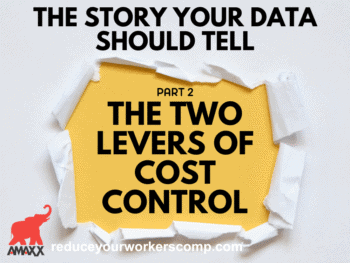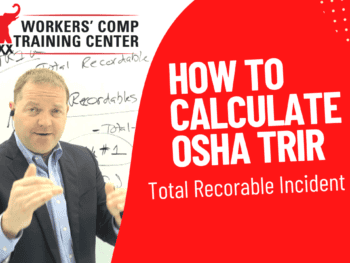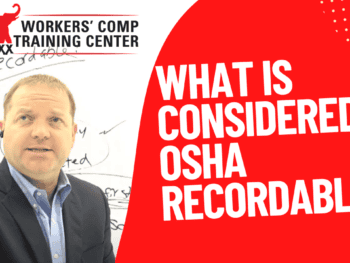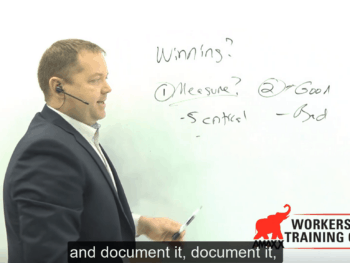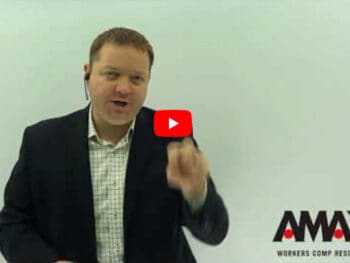The National Workers’ Compensation Management Score™ is a diagnostic tool like a credit score (think FICO®) ranging from 0-100. A company’s workers’ Comp team (or manager) answers best practices questions to instantly diagnose how to reduce workers’ compensation costs.
It measures how many “best practices” are in place at your company. Best practices are steps a company takes internally. If you are implementing a new cost control program, the score tells you exactly what needs to be changed.
While you might think of Workers Comp as a legal problem, it is really more of a management issue. Even though the laws form the basis of the entitlement, it is a failure of processes which allow employees to remain out of work for long periods of time.
Our assessment will show your strengths and weaknesses. ]From there you can build stronger links and begin to save money right away.
Click Link to Access Free PDF Download
Assess Your Workers Comp Program
These are the 10 areas of assessment you should be looking at to control your Workers’ Comp costs:
- Performance Goals: Measuring your success against national benchmarks and your own performance indicates success and allows you to reward those responsible.
- Post Injury Response Procedures: Procedures must be tight during the 24 hours immediately following an injury so injured employees return to work as soon as medically able.
- Communication: Development of consistent procedures includes having easy-to-read and easy-to-use forms and letters to gather information.
- Return to Work Programs & Transitional Duty: Once an employee is injured on the job, returning to work as soon as medically able becomes a primary focus.
- Management Commitment: Upper management support of changes necessary to reduce workers’ compensation costs is imperative.
- Insurance Co & Claims Administrator Performance: The insurance arrangement and claims system must be structured to support your company’s processes.
- Medical Care Coordination: Medical care must be coordinated so injured employees receive prompt, quality care by a physician or clinic which supports your company’s goal of rapid healing and return to productivity.
- Medical Cost Containment: We don’t focus on reducing the cost of each medical visit, rather, we strive for overall cost reduction, which sometimes means paying MORE for a doctor who will spend more time with your injured employees.
FREE DOWNLOAD: “5 Critical Metrics To Measure Workers’ Comp Success”
- Fraud, Abuse and Malingering: Some people take advantage of the system by staging accidents, faking injuries or pretending they are injured more seriously than they are.
10.Training Initiatives: All levels in the company must understand their role and the exact steps needed to make their workers’ compensation program successful.
Author Robert Elliott, executive vice president, Amaxx Risks Solutions, Inc. has worked successfully for 20 years with many industries to reduce Workers Compensation costs, including airlines, healthcare, printing/publishing, pharmaceuticals, retail, hospitality and manufacturing. See www.LowerWC.com for more information. Contact: Info@ReduceYourWorkersComp.com.
WORK COMP CALCULATOR: http://www.LowerWC.com/calculator.php
MODIFIED DUTY CALCULATOR: http://www.LowerWC.com/transitional-duty-cost-calculator.php
WC GROUP: http://www.linkedin.com/groups?homeNewMember=&gid=1922050/
SUBSCRIBE: Workers Comp Resource Center Newsletter
Do not use this information without independent verification. All state laws vary. You should consult with your insurance broker or agent about workers comp issues.
©2011 Amaxx Risk Solutions, Inc. All rights reserved under International Copyright Law. If you would like permission to reprint this material, contact Info@ReduceYourWorkersComp.com.
FREE DOWNLOAD: “5 Critical Metrics To Measure Workers’ Comp Success”


